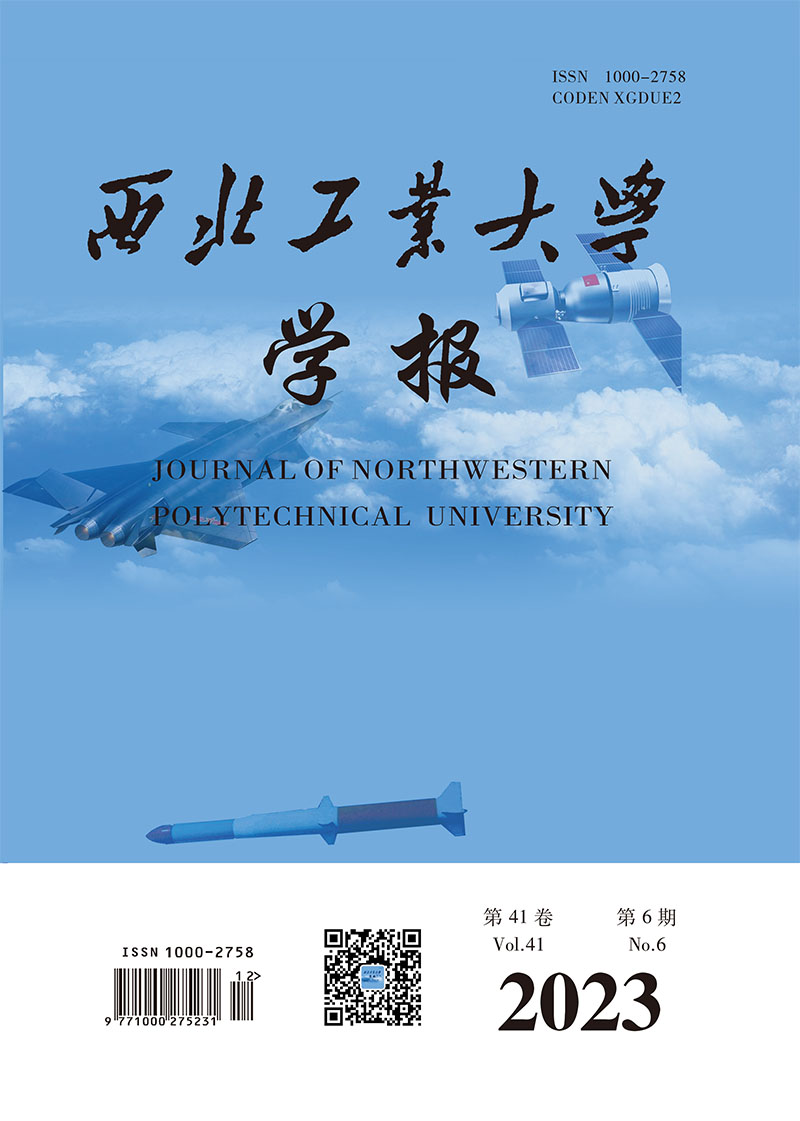基于OPAX的振动环境预测方法
Q3 Engineering
引用次数: 0
摘要
Accurately obtaining the vibration environment of aircraft structures and onboard equipment is crucial. Traditional vibration environment prediction methods have low accuracy and may lead to issues of over or under testing in later vibration environment tests. An innovative vibration environment prediction method based on Extended Operating Condition Transfer Path Analysis (OPAX) was proposed. A vibration environment prediction model was constructed using measured data, and then the model was used to predict the vibration environment under new operating conditions. In the laboratory environment, a vibration testing system for a typical equipment compartment of a certain type of aircraft was built, and a vibration environment prediction model for airborne equipment was built based on the OPAX method, and its prediction accuracy was verified. Comparing the expected results with the experimental results, it was found that: ① the error between the predicted root mean square value of the model under new operating conditions and the root mean square value of the experimental test remained within 20%; ② Within the expected frequency range, the expected change trend of the model under new operating conditions is basically consistent with experimental testing, with significant differences at individual frequencies. Based on the predicted results under new working conditions, this vibration environment prediction method based on OPAX has high prediction accuracy, requires less data to build the model, is convenient to build, and has operability and practical engineering value.本文章由计算机程序翻译,如有差异,请以英文原文为准。
The vibration environment prediction method based on OPAX
准确获得飞机结构及机载设备的振动环境至关重要, 传统的振动环境预计方法预计准确度低, 可能会导致后期振动环境试验过试验或欠试验的问题。创新性地提出了一种基于扩展工况传递路径分析(OPAX)的振动环境预计方法, 采用实测数据搭建振动环境预计模型, 再利用该模型对新工况下的振动环境进行预计。试验室环境下, 搭建了某型飞机典型设备舱振动测试系统, 基于OPAX方法搭建了机载设备的振动环境预计模型, 并对其预计准确度进行了验证。对比预计结果与试验结果, 得到: ①新工况下模型预计均方根值与试验测试均方根值相比, 误差保持在20%以内; ②在预计频段范围内, 新工况下模型预计的变化趋势与试验测试基本一致, 个别频率处差异较大。综合新工况下预计结果, 这种基于OPAX的振动环境预计方法预计精度较高, 且搭建模型所需数据量较少, 搭建方便, 具有可操作性和工程实用价值。
求助全文
通过发布文献求助,成功后即可免费获取论文全文。
去求助

 求助内容:
求助内容: 应助结果提醒方式:
应助结果提醒方式:


